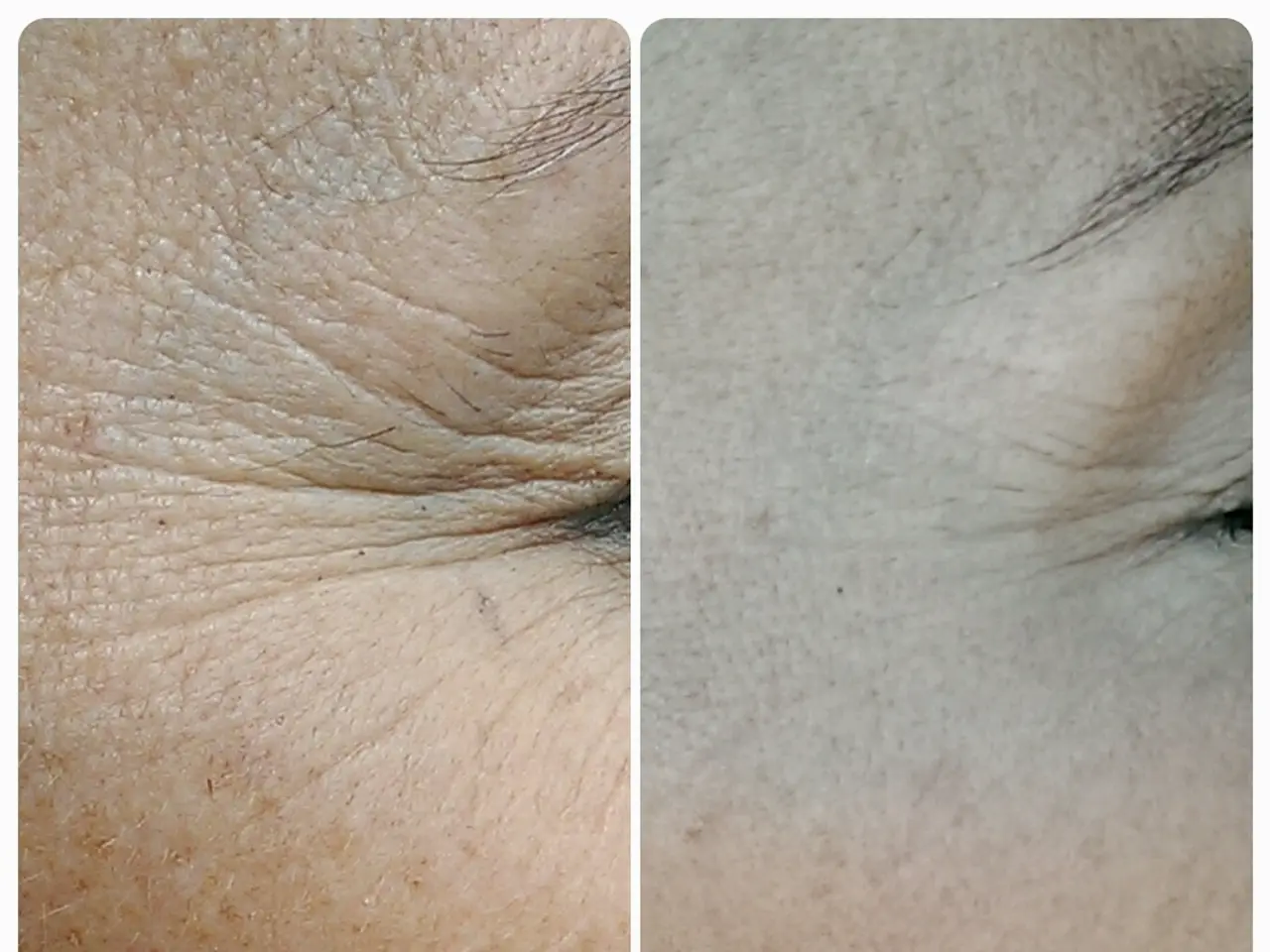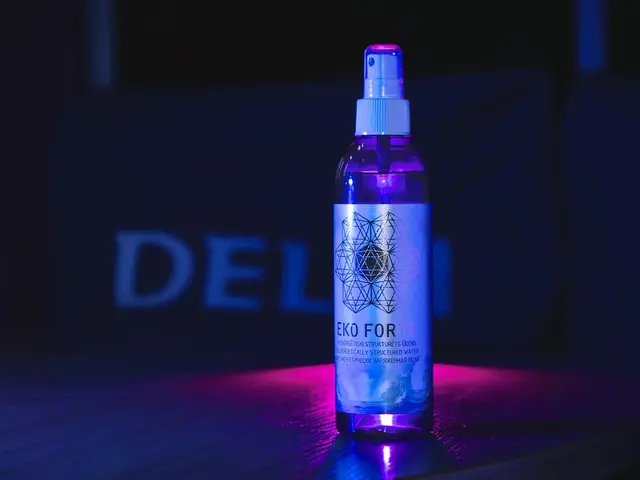Pustular Breakouts in Psoriasis: Understanding Causes, Risks, Symptoms, and Classifications
Pustular psoriasis is a severe form of psoriasis that affects the skin, causing small white or yellow pus-filled blisters or pustules. This condition can be challenging to diagnose in individuals with darker skin tones, as the typical redness seen in lighter skin may not be as apparent.
In darker skin, pustular psoriasis typically appears as pustules that can be purple, pink, or light brown. The skin surrounding these pustules may look darker than the person’s normal skin tone or have a purplish hue. Healthcare providers look for purple, pink, or brown pustules and darker or purplish surrounding skin to identify pustular psoriasis in people with dark skin.
Pustular psoriasis can be painful and may cause the affected areas to appear red on light skin and darker in color on darker skin tones. Symptoms include the appearance of pustules, redness, thick and flaky skin, and cracking. Pustules may burst or dry up, leaving brown or crusty areas.
If you suspect pustular psoriasis, it is best to consult a dermatologist, who may perform a skin biopsy or other tests to confirm the diagnosis. Treatment can lead to remission, but the symptoms may recur. Following a treatment plan and avoiding potential triggers, where possible, can reduce the risk of a recurrence.
Pustular psoriasis is not contagious, and one person cannot pass it on to another. Home treatment for pustular psoriasis may include getting enough rest, drinking plenty of fluids, avoiding excessive heat and other potential triggers, taking over-the-counter medication to manage joint pain and fever, and other measures.
However, some people with generalized pustular psoriasis may need hospitalization due to skin damage that can result in fluid loss, leading to dehydration and electrolyte imbalances. Treatment for pustular psoriasis can be challenging and may require more than one treatment or a combination of therapies.
Biologic and biosimilar drugs can help resolve the underlying problem that leads to skin symptoms by targeting specific genes that affect how the immune system works. Lifestyle choices such as not smoking, limiting alcohol consumption, managing stress, getting enough sleep, following a psoriasis-friendly diet, following a doctor's guidelines regarding sun exposure, and other measures may reduce the risk of pustular psoriasis occurring.
It is essential to note that black people often face inequality when it comes to health issues, including psoriasis. Individuals should check first with a doctor before using any therapy for pustular psoriasis.
In conclusion, pustular psoriasis is a severe condition that requires medical attention. Early diagnosis and appropriate treatment can help manage the symptoms and reduce the risk of complications. If you suspect pustular psoriasis, seek medical help promptly to ensure proper diagnosis and treatment.
- For individuals with darker skin tones, pustular psoriasis may show up as purple, pink, or light brown pustules with darker or purplish skin surrounding them, making it important for healthcare providers to consider these appearances in their diagnosis.
- Biologic and biosimilar drugs can help address the underlying cause of pustular psoriasis by targeting specific genes that impact the immune system, potentially aiding in treatment and remission.
- It is crucial for any treatment plan to be followed closely to minimize the risk of pustular psoriasis recurrence, and potential triggers should be avoided where possible.
- Black people may face healthcare inequalities when dealing with psoriasis, so it's essential to consult with a doctor before using any therapy for pustular psoriasis to ensure safe and effective treatment.




